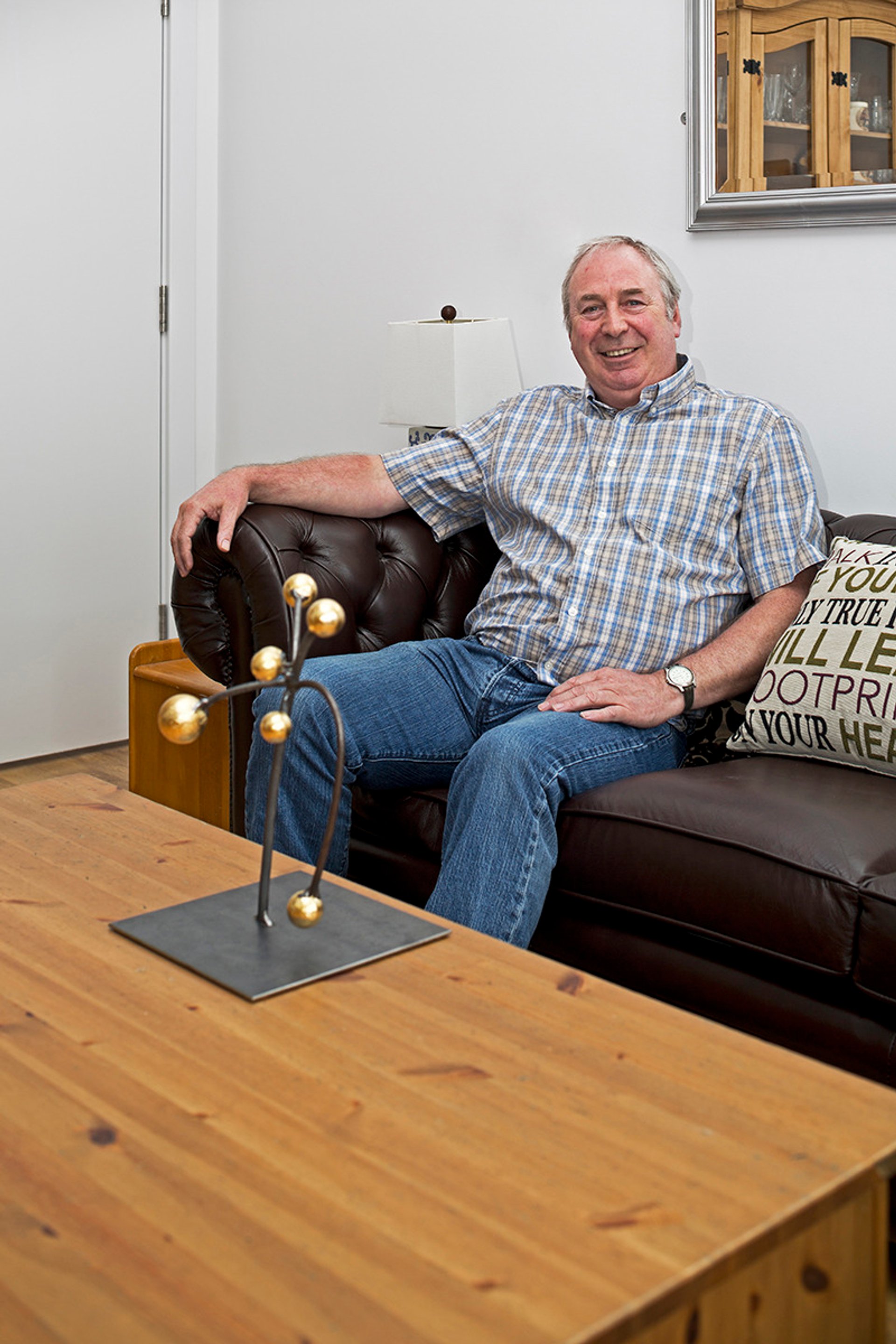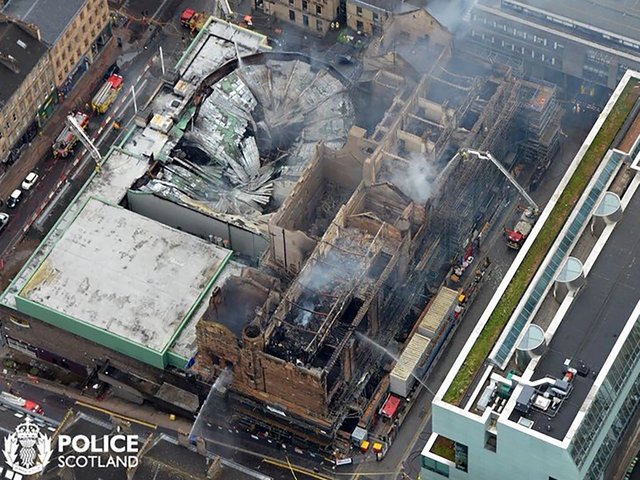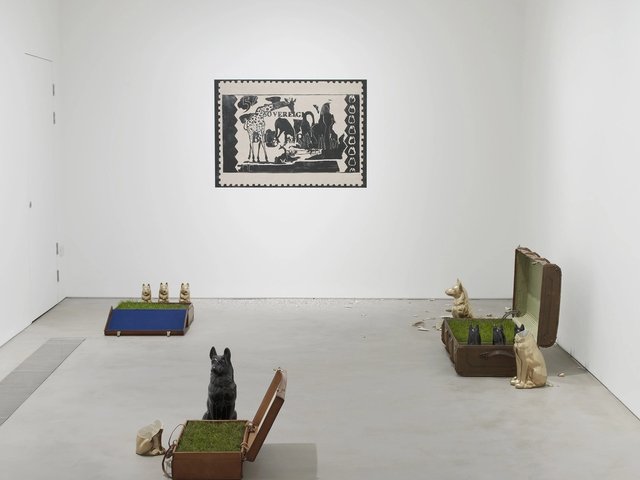The residents of a new social housing scheme in west London have been given sculptures made by the Turner prize nominee Nathan Coley as part of a project celebrating the history of the site.

Coley’s steel and gold leaf rooftop sculpture at The Silchester (More West), which is backed by the charitable organisation the Peabody Trust, is modelled on a Bramley apple tree; small versions of the same sculpture, or “wee trees” as Coley calls them, are given to each of the new residents, with around 30 handed out so far (112 in total).“The large tree is permanent, but the small ones are housewarming presents from me,” Coley says.
The Silchester (More West) stands on a famous former squat area in Notting Hill named Frestonia. Glasgow-based Coley has also created an abstract large-scale public sculpture for the new residential development, which has been designed by Haworth Tompkins architects.
“The project is about London now: it asks questions about who owns housing, how people pay for where they live, and control and consent issues around property,” Coley says.
In the late 1960s, the Greater London Council (GLC) moved tenants out of a row of terraced houses in Freston Road, which was then part of the London borough of Hammersmith. The council planned to regenerate the area, and built new blocks of flats nearby. Squatters—including artists, actors and activists—subsequently moved into the Freston Road properties during the 1970s.
In 1977, the GLC planned to demolish these derelict residences. In protest, the squatters formed the Free and Independent State of Frestonia, which even had its own exhibition venue for local artists called the Car Breakers Art Gallery.
An account of Coley’s project—To the Bramley Family of Frestonia: Nathan Coley (published by Anomie Publishing)—describes how “the self-styled Free Independent Republic of Frestonia formally advised the UN Secretary-General that it had seceded from the United Kingdom”. The 120 residents all adopted the surname of Bramley so that they would be re-housed as a collective. The site was eventually redeveloped and a new association, the Bramleys Housing Co-operative, was formed.
So can the works be sold? “The relationship I’ve established with the residents means that I don’t have any control over what happens next,” says Coley who is represented by Parafin gallery in London.




